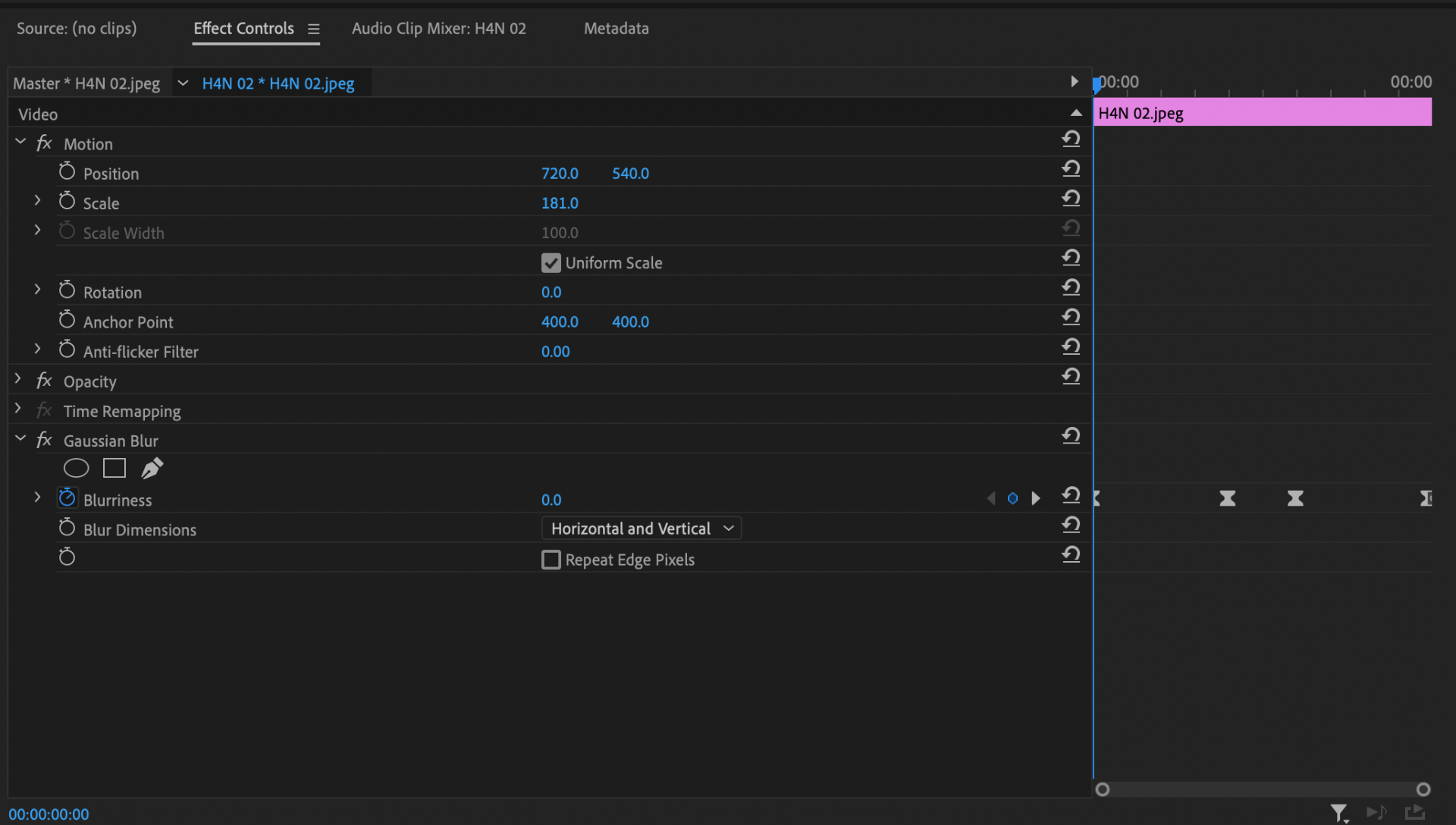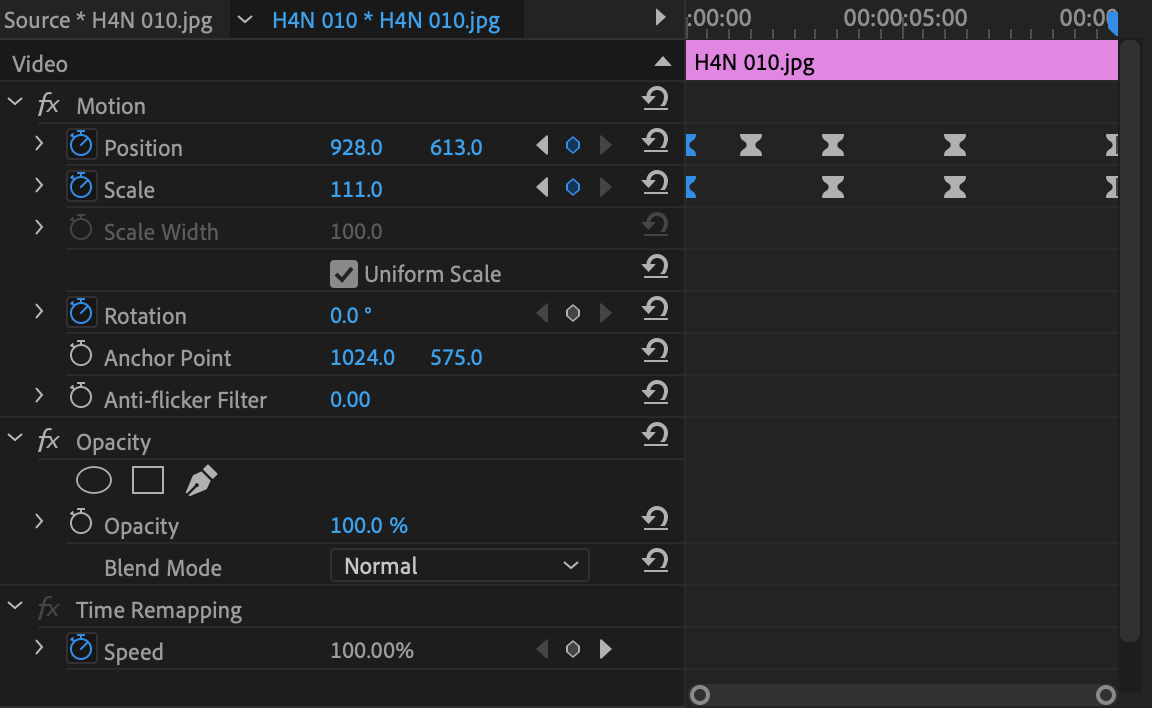Camera Shots
The Lion King
- Long Shot of the sunrise
- Low Angle of us looking at animals
- Full Shot of different animals
- High Angle of us looking down at the birds flying
- Close Up of the ants walking across a branch
- Worm Eye View of the elephants walking over the hill
- Over The Shoulder (looking over the lions shoulder, looking at the bird)
- Medium Shot of monkey hugging lion
- Extreme Close Up of the monkeys face looking at the lion cub
- Low Angle of the lion and lion cub
- Extreme Long Shot of all the animals looking up at the lions
Why are camera angles important?
Using a variety of different camera angles within your product will help create depth in the visuals and helps set the tone for the scene, this makes the visuals automatically less boring.
Establishing Shot
An establishing shot allows the filmmakers give an idea of the location in which each scene or scenario is located or based in.
Extreme Long Shot
An extreme long shot is similar to an establishing shot but is used to show the character/subject from a distance away.
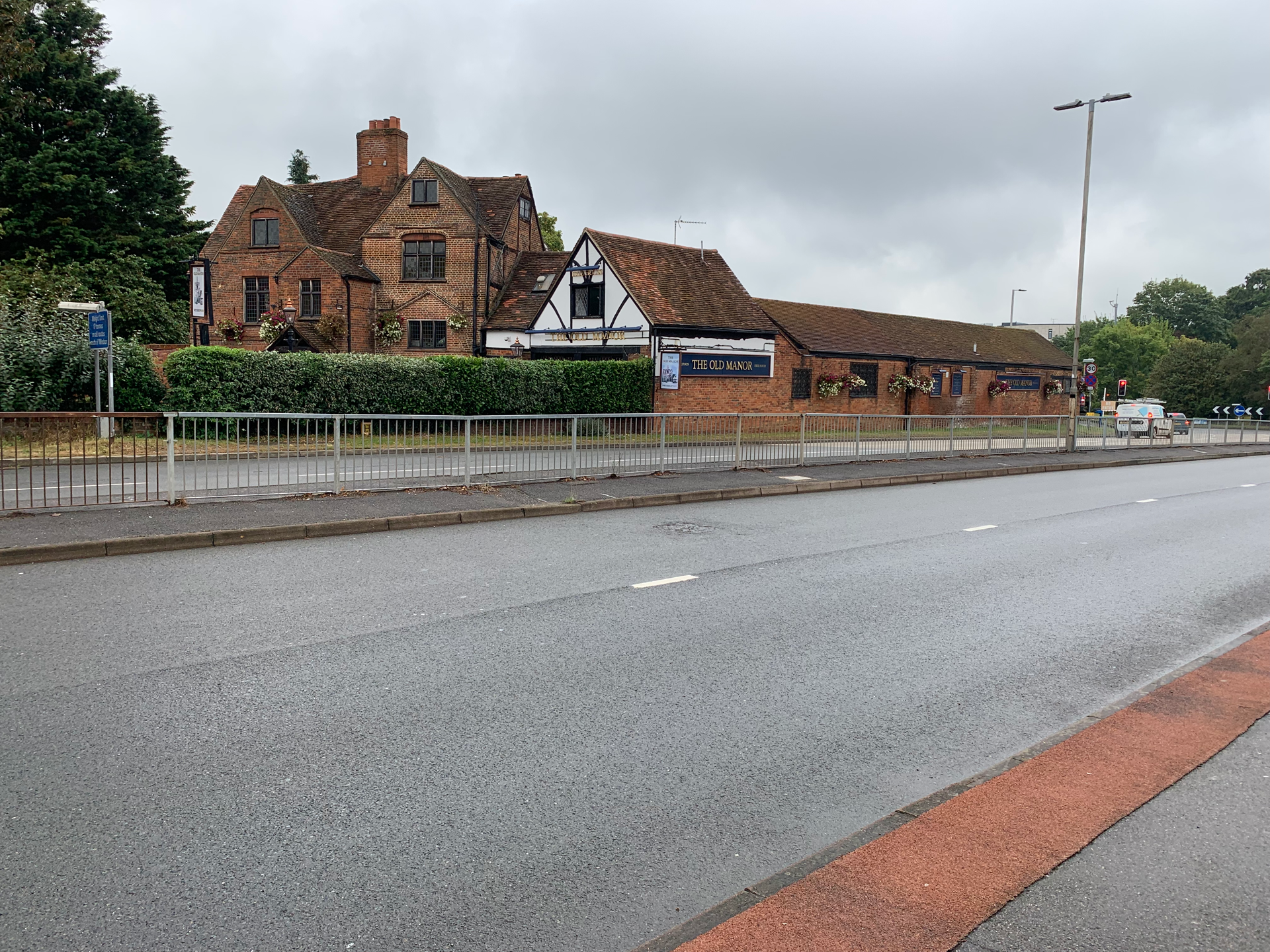

Full Shot
A full shot allows filmmakers show the full head-to-toe of the character in which they are planning to show.
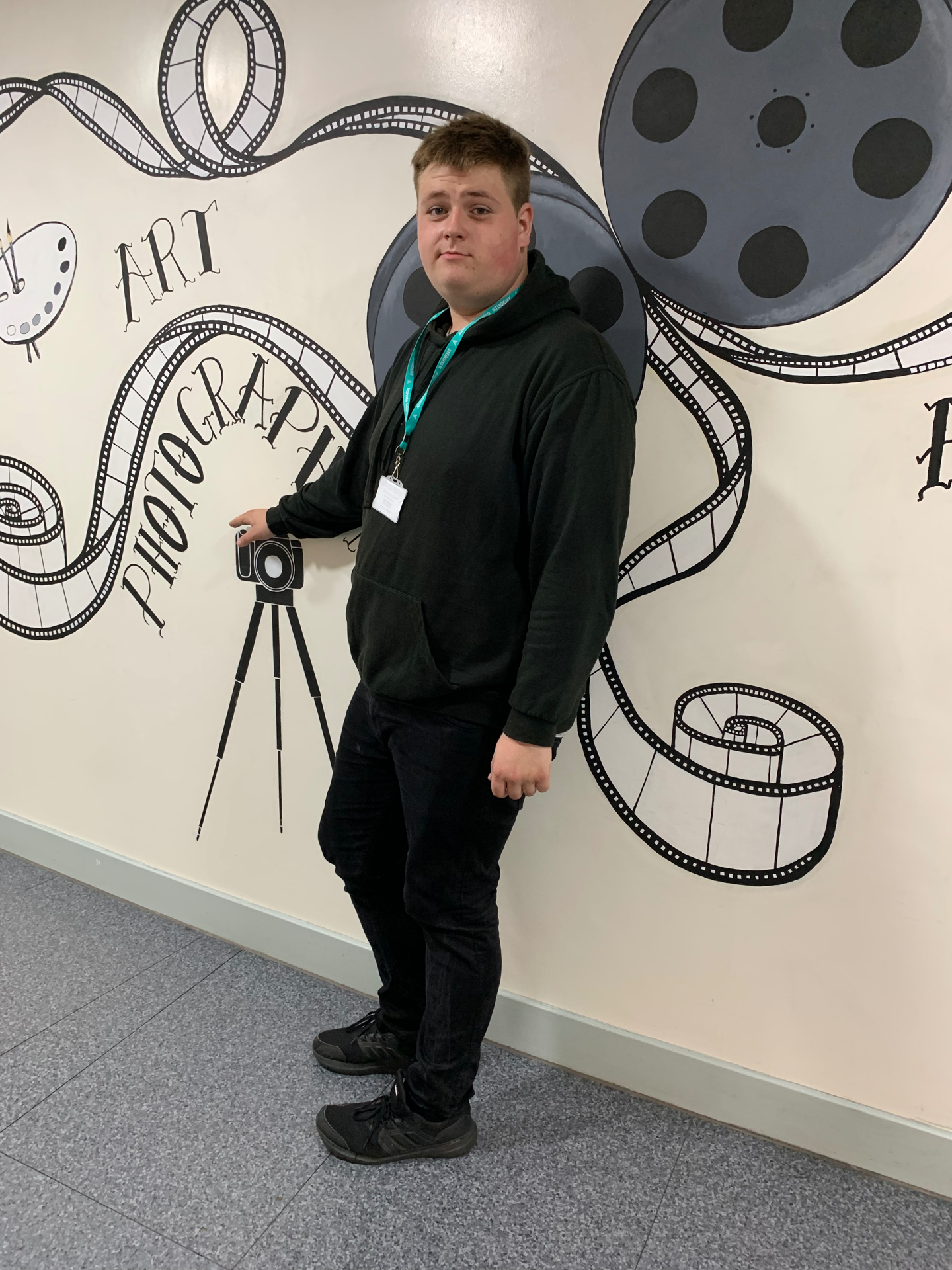
Medium-Long Shot
A medium shot is useful because it allows filmmakers to show off the characters appearance but they can focus on just the top 3/4.
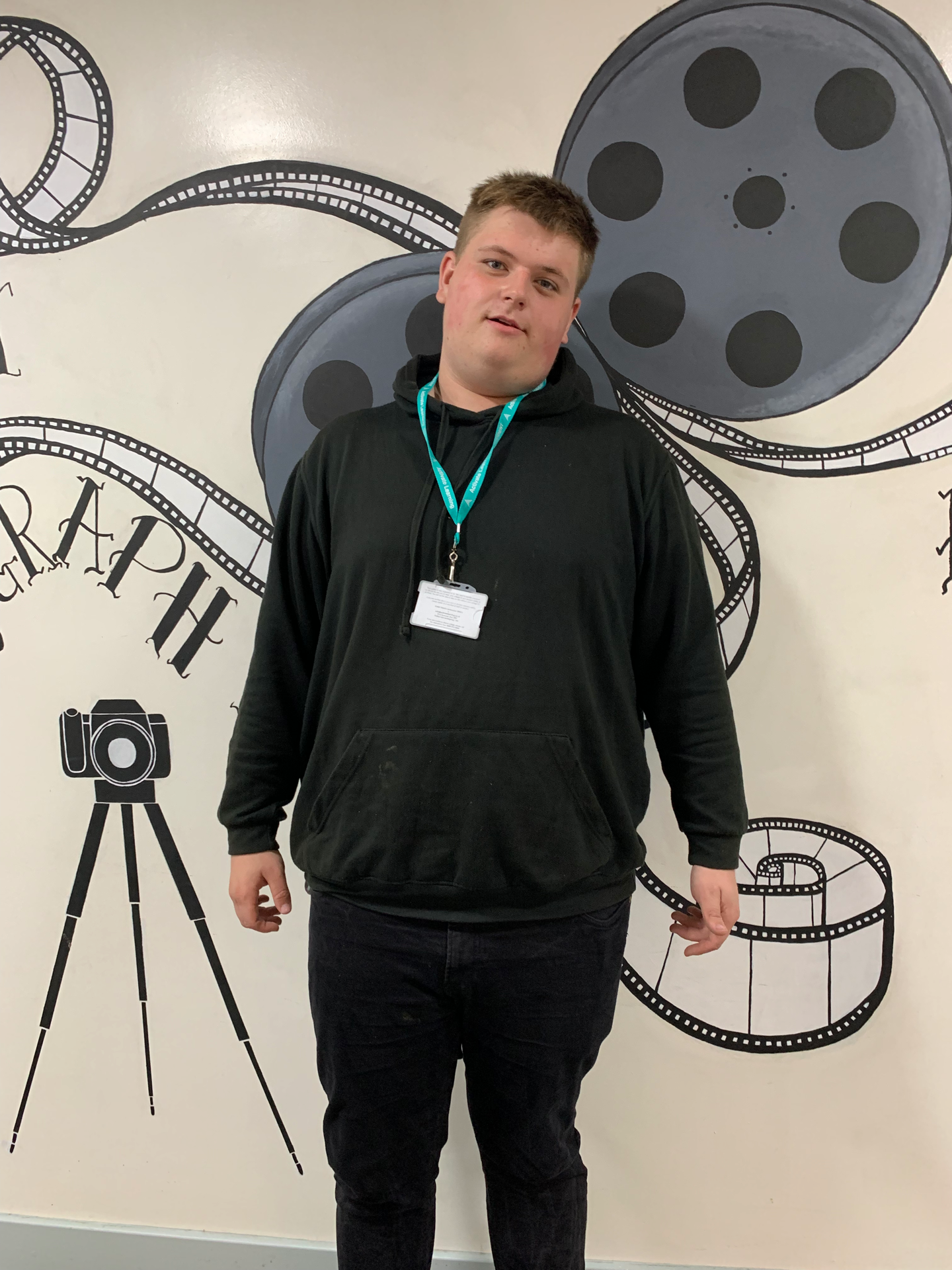
Medium Shot
A medium shot is used to focus more on the waist up proportion of the character.
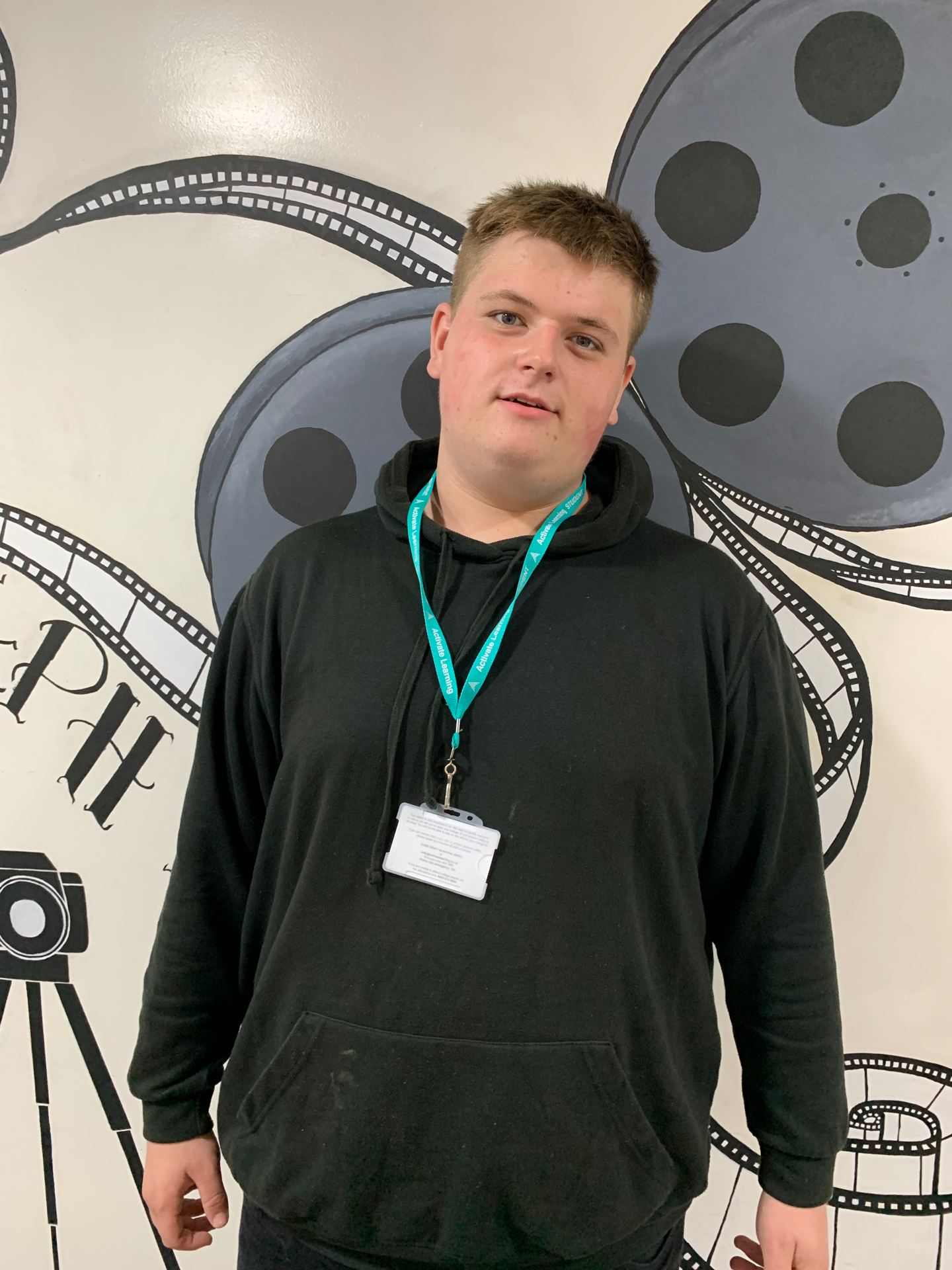
Medium Close Up
A medium close up shot will be used to focus closer to the subject going from the chest and up.
Extreme Close Up
An extreme close up can be used to help show emotion in the subject. Filmmakers usually will go up close to the eyes or the mouth.
Close Up
A close up shot can be used to show some emotion in a subjects face.
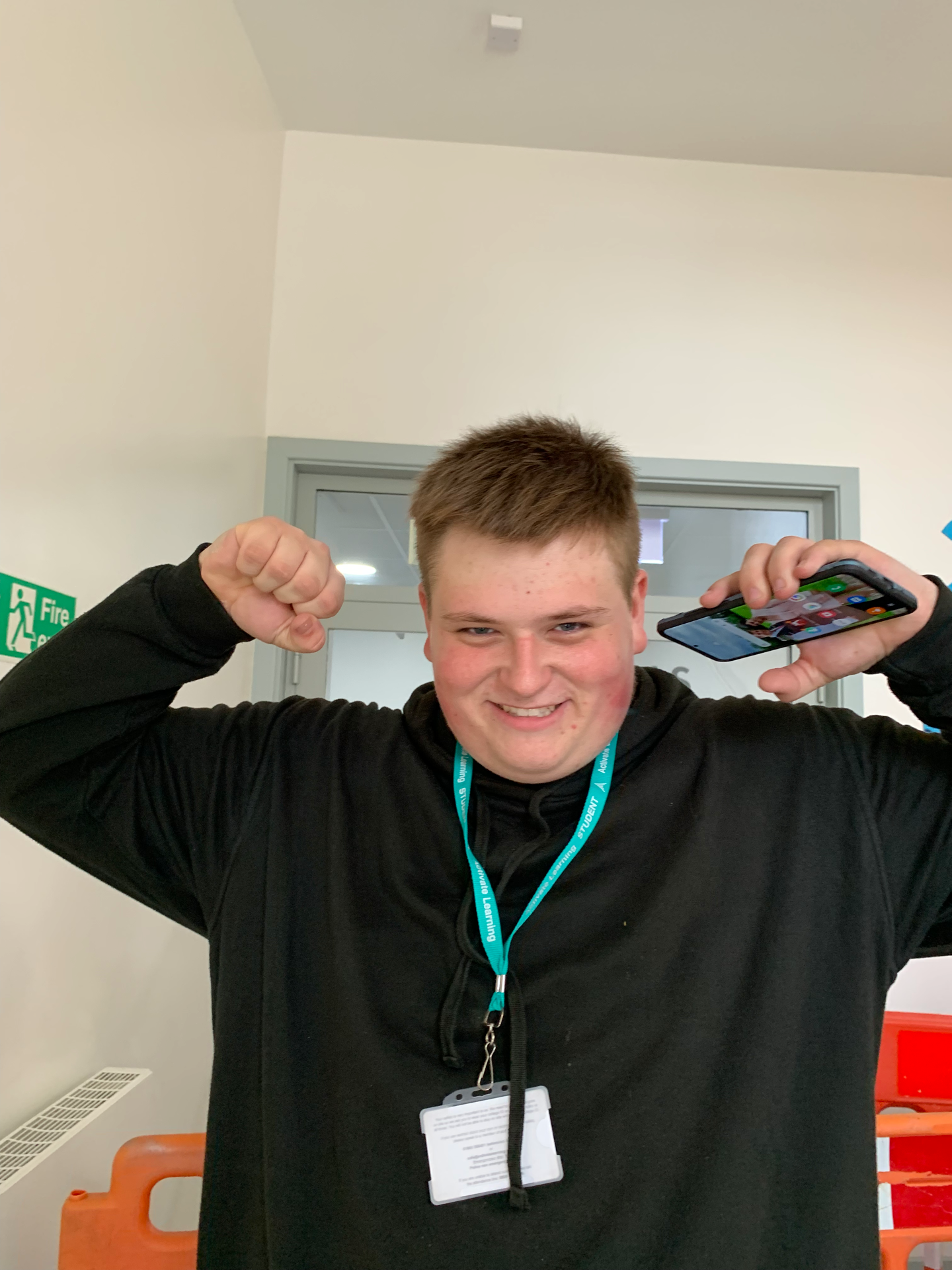
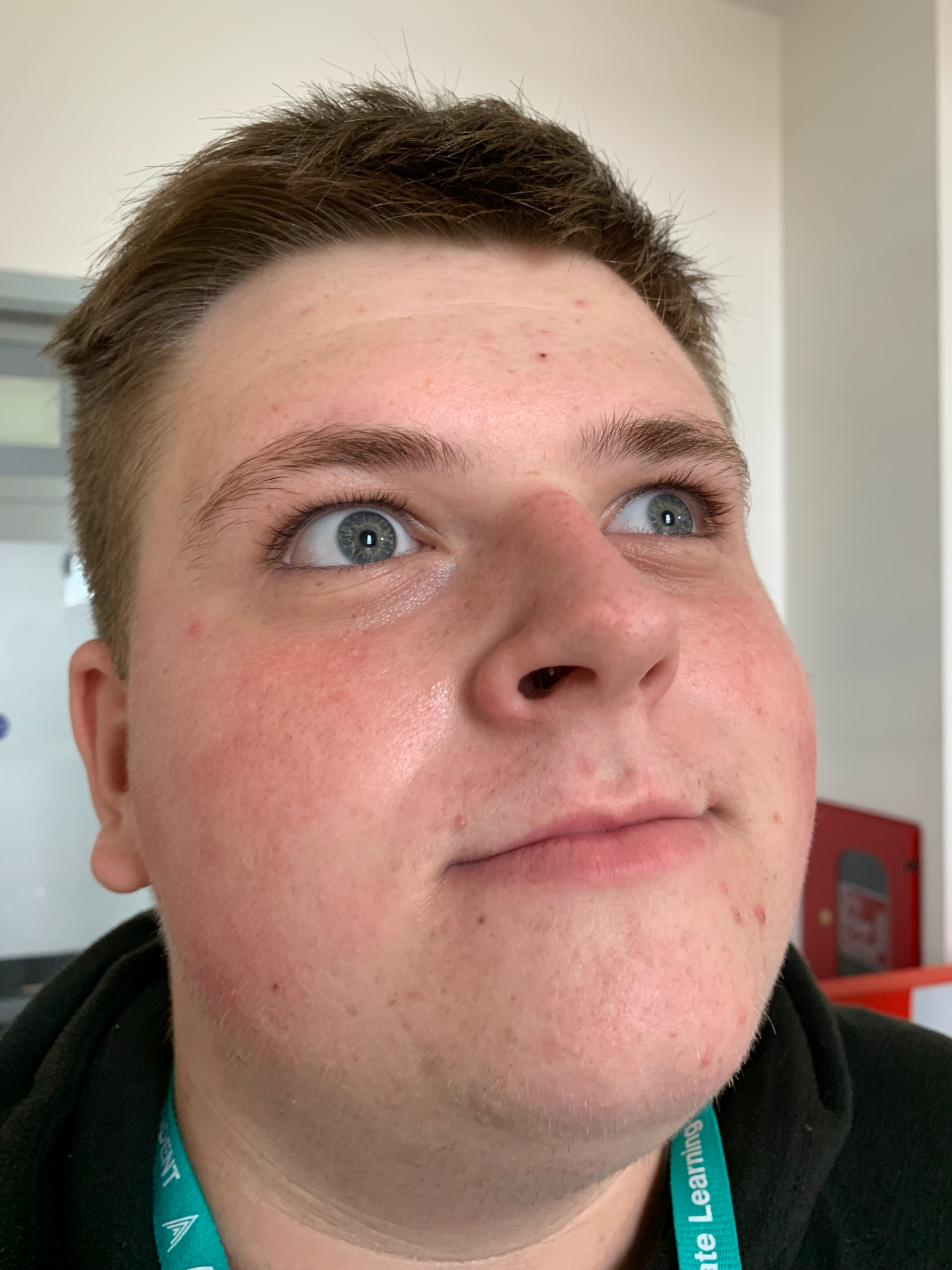
Dutch Angle
A dutch angle is used to create tension
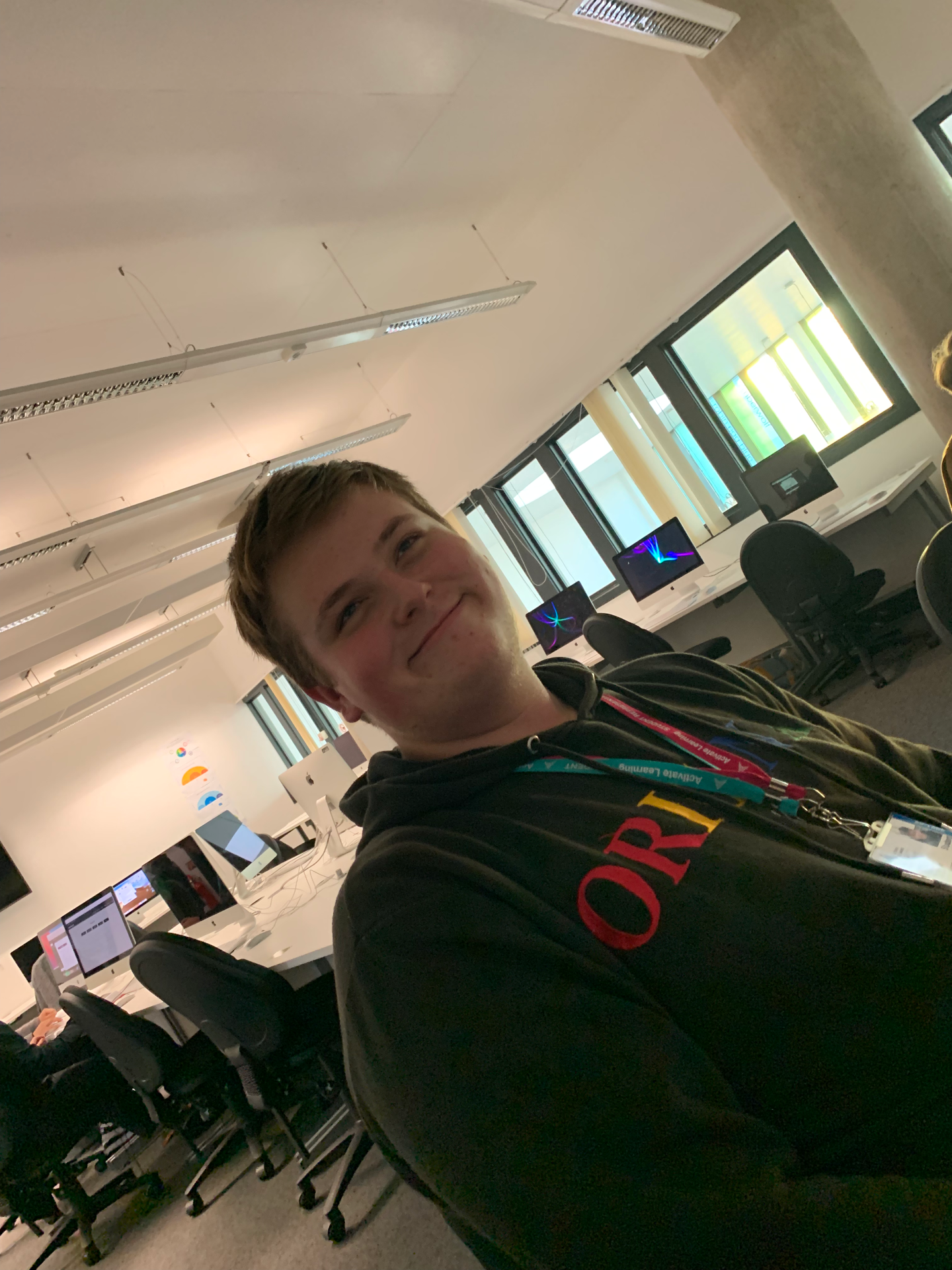
High Angle Shot
A high angle shot can be used on a subject/character to make them look powerless or weak.
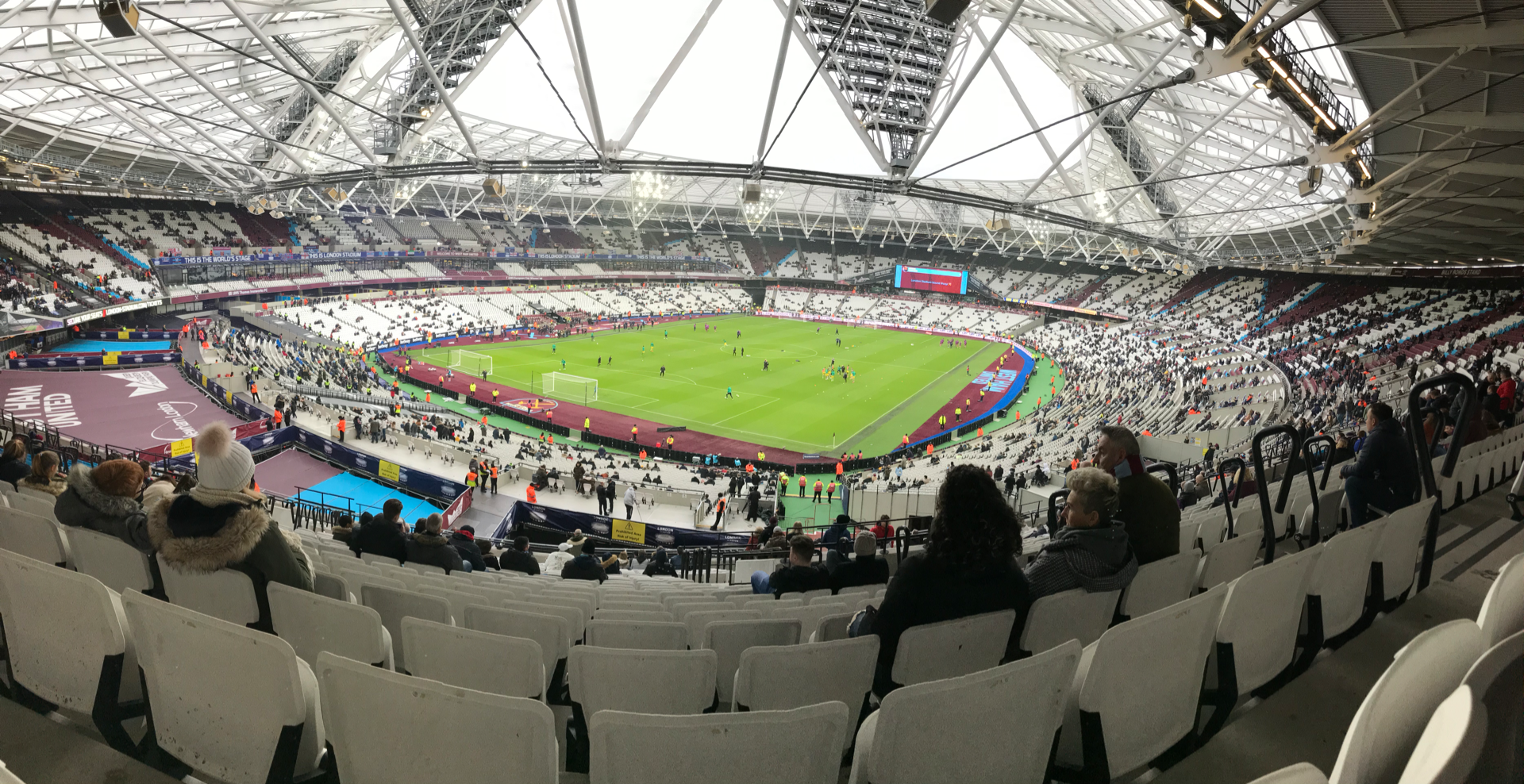
Low Angle Shot
A low angle angle can be used to make objects/subjects look massive and in power.
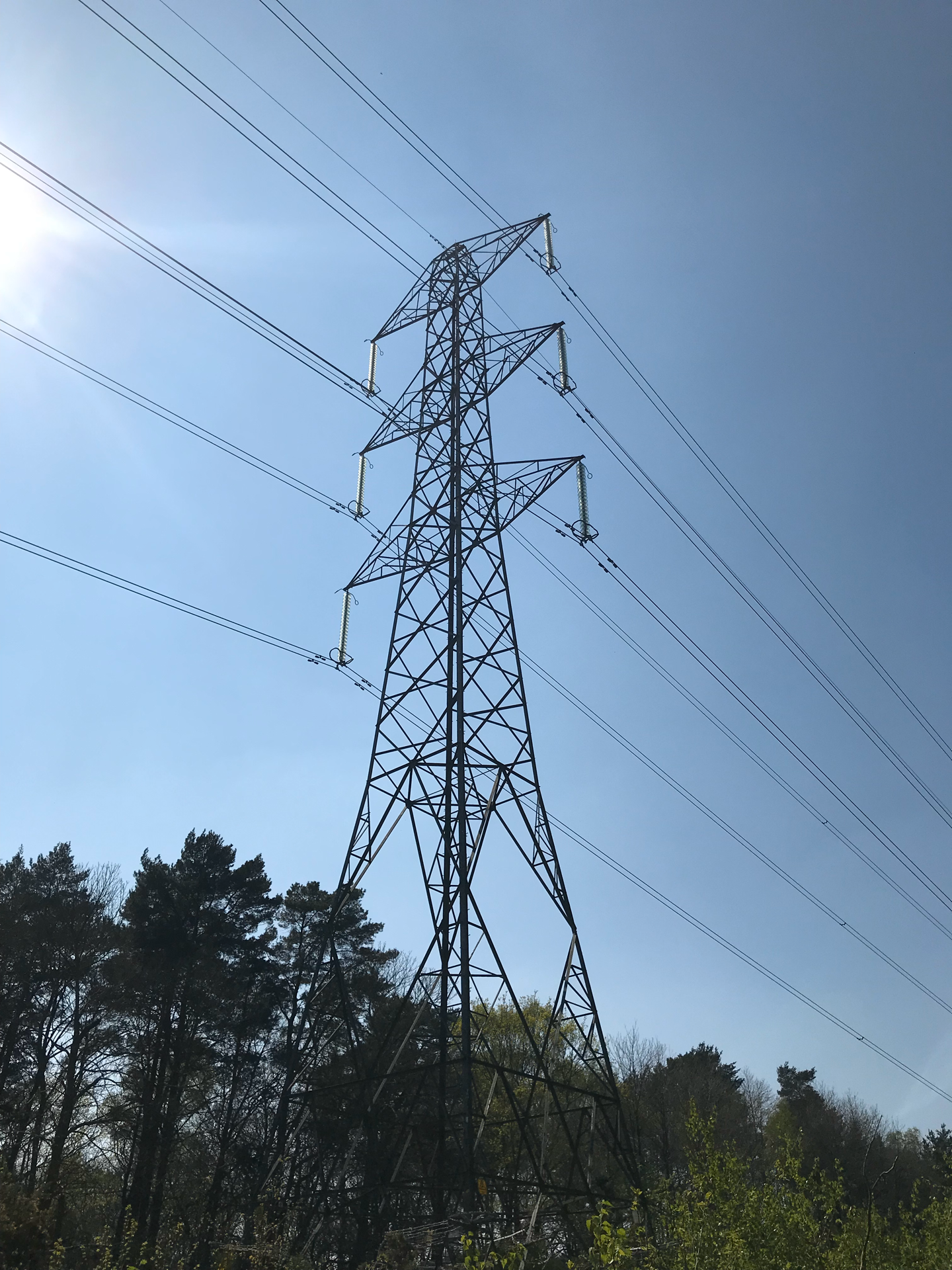
Sound
Edited Interviews
What did I do?
College Tours
For this task we was out into groups of 4, I was with Austin, Michael and Izzy. In our groups we were given a different type of microphones, we was given a lavalier we then had to go around the college and record our voices in different areas so that we could hear the difference in the sound quality. We chose the a lift, the toilets, the stairs and to go out the front of the college. We chose the toilets and stairs because we knew that it was going to be very reverberant due to the big, flat, open, hard surfaces that these rooms consist of. The lift we chose because we didn't quite know how it would sound as there are hard flat surfaces but the room is much smaller, and for outside we wanted to be able to show the difference between inside and outside audio because outside we had a main road nearby which produced background noice from the cars and the wind.
Studio/Controlled Environment
Advantages of filming in a studio
- You have control over who is in the room
- You can treat the room to allow for better audio recording
A room with more soft objects such as carpet, curtains and material furniture will be better for recording in as the room will let you produce a more dry piece of audio which means the audio will have less reverb. You always want to aim to have the most dry recording as you can add all sorts of effects to the audio after such as reverb although you cannot take reverb off of audio that is very reverberant.
Acoustic Treatment
Acoustic treatment will reduce the amount of reverb within a room which will give you a higher quality outcome. A few ways to help acoustic treat a room are: foam panels, thick walls and thick doors all of these will help with the amount of reverb in a room and reduce the amount of sound which can escape or even come into the room.
What does a pop filter do?
A pop filter reduces the "plosive" "sibilant" sounds from our voices such as the ssss sound when you say words with s or c in, it is good to reduce these sounds as much as possible as they don't sound good in voiceovers or any other audio recording. A pop filter also stops you from spitting on the mic as this is unpleasant.
I wake up at 6 am, I go back to bed to have a nap until 6:30, and then I get up, I Put my clothes on, and then I go and brush my teeth, then I do my hair, put my mac in my bag, I go out to the kitchen to get a drink, I grab all my stuff and get in the car for 8, I get to college for around 8:30, I message Michael and ask him where he is, I go to McDonalds get my usual order, double sausage and egg muffin with a hash brown and oasis, it now roughly 8:50, I call Michael and ask his where he is, then I walk up to college and wait for around 10 minutes, once Michael gets out of Terry's car, we walk down to town to get him a drink, then go back to college and start my lesson.
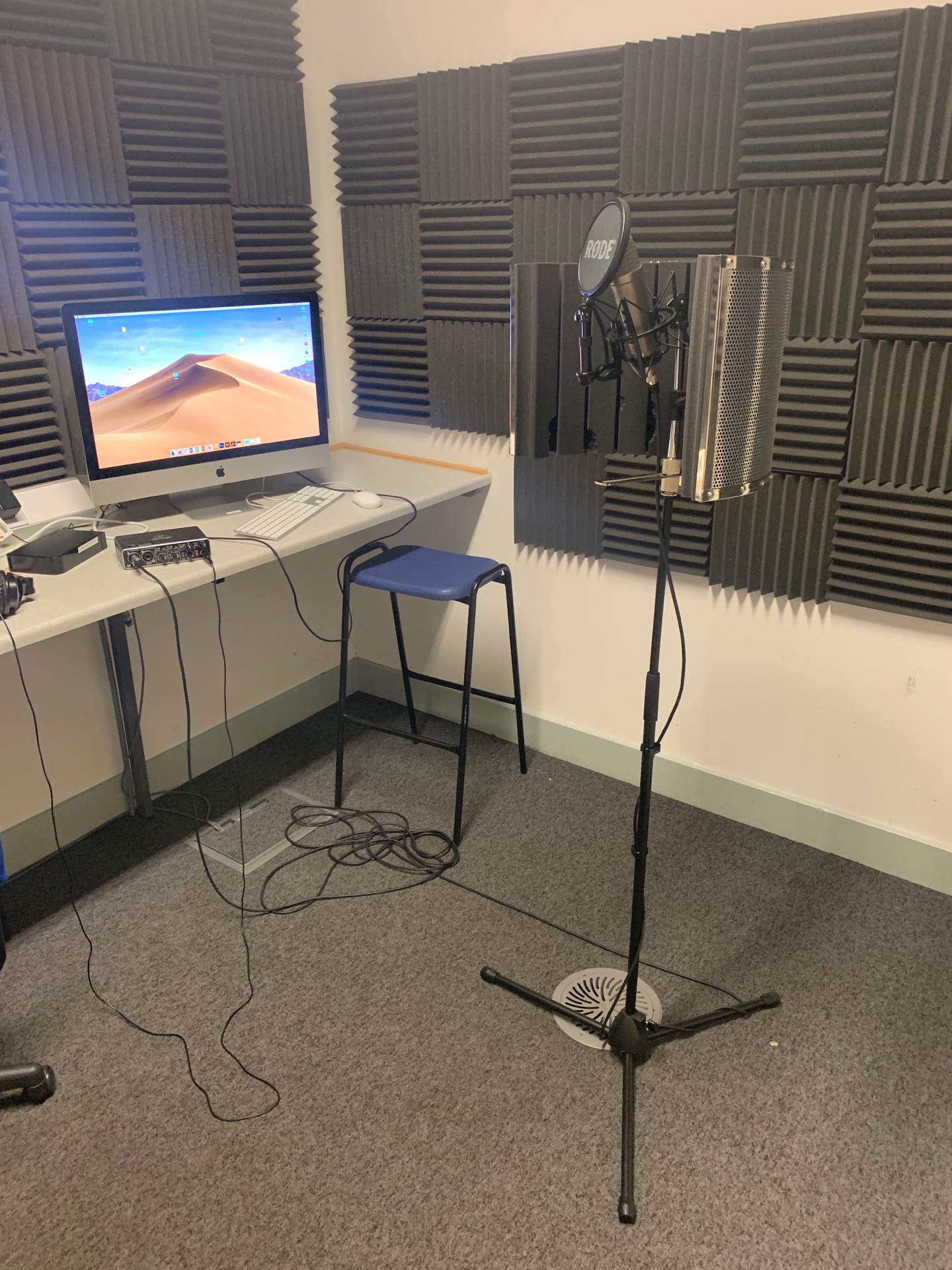
Lighting
3 point lighting is a type of lighting set up where you have 3 different sources of light these are also known as the key light, fill light and back light. The key light is the main light where your highest strength of light will come from this will usually be placed at a 45° angle from the camera either on the left or right, and then on the opposite side from the key light you will have your fill light this can either be an actual light source or it could be a reflective board, this light source allows you to "fill" out the rest of the subjects face and lighten up any harsh shadows, this light will also be placed at a 45° angle from the camera. Finally the back light this is used to bring the subject away from the background it allows them to become almost 3D, this light will be placed behind the subject and and is usually placed higher than the subject.
When using artificial light you could place coloured gels in front of the light to change the colour of the light that you see.
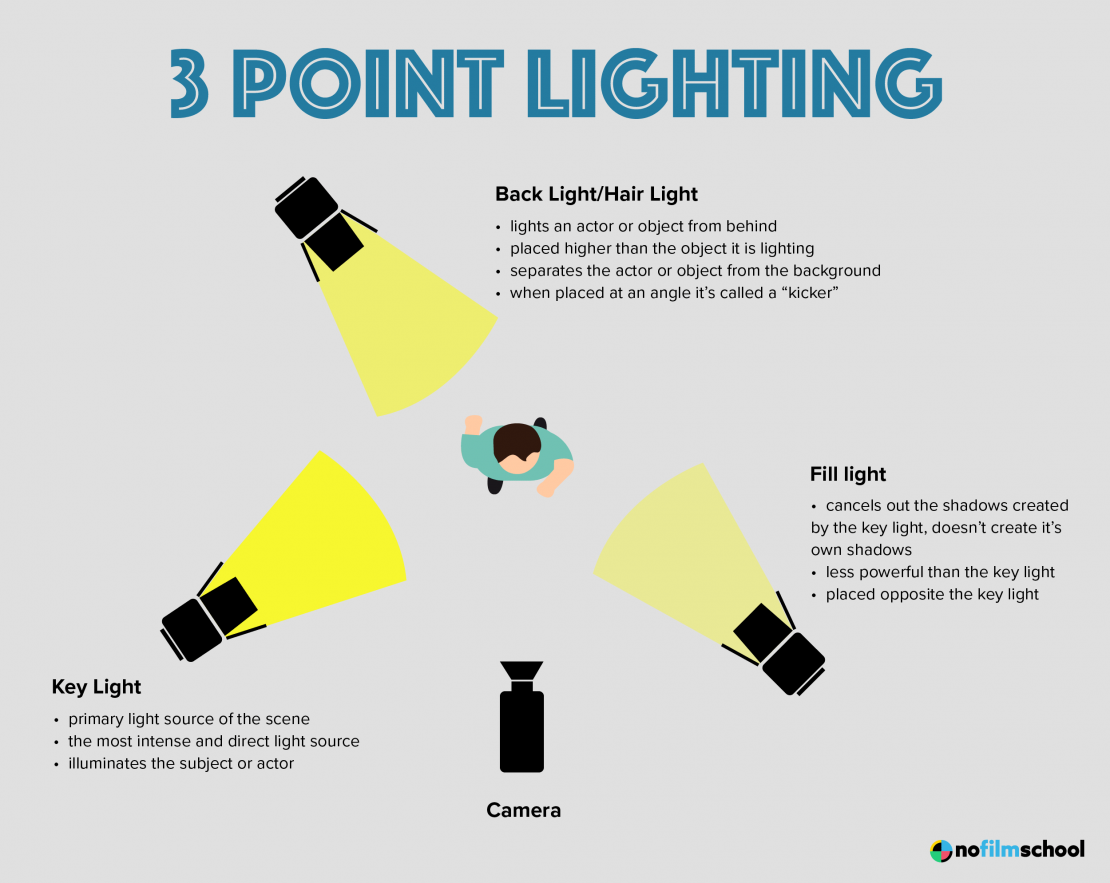
Colour Temperature Kelvin
Light temperature is measured in kelvin this scale ranges between 1,000 and 10,000.

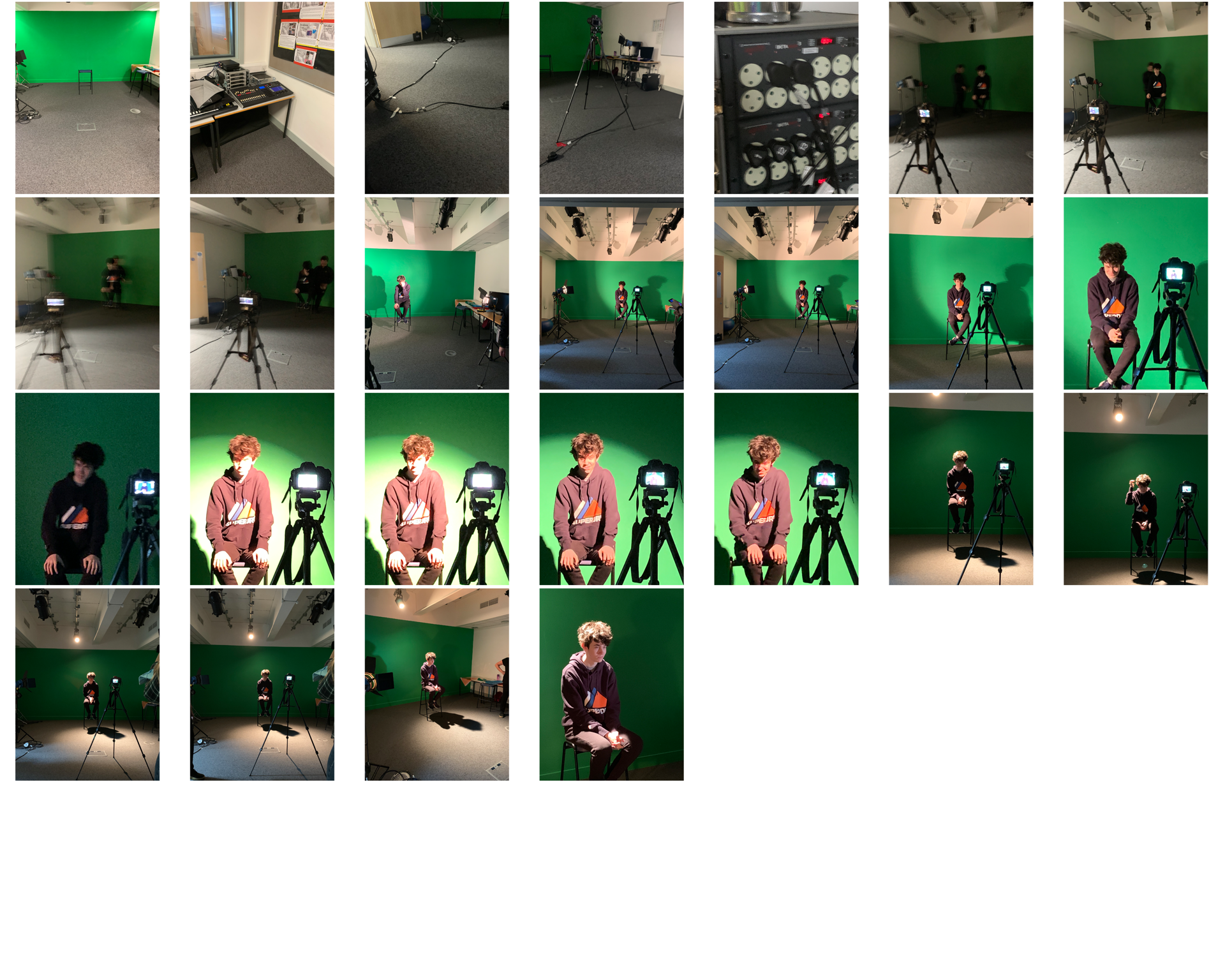
What did I do?
In small groups we practiced using the 3 different lights. First we needed someone to sit in frame, then we set the camera up ready to take images. We then had to turn the lighting box on, we know if the box is on as the box will have some lights indicating it's powered on. Now the box is on and the subject is in place we need to actually start turning the lights on, at first we turned just the fill light on so that we could see the difference that all the lights make. We then turned the key light off and turned the fill light on the only difference was that the shadows were on the other side of the face. Then we turned the fill light off and turned just the back light on which then lights up the back of the subject, this meant that Louis was slightly silhouetted. Then we turned all 3 on and we could see a massive difference as now Louis was well lit from the front with the key light and the fill light meaning he had no harsh shadows or tones on his face and because of the back light he no longer looked 2 dimensional. The main uses for 3 point lighting would be on any video where there is people talking to a camera such as interviews or some youtube video. I think that this lighting is much more professional than a simple single light or even no lighting.
Setting up a camera and tripod
Firstly you want to choose a good location which is flat so that your tripod can be stable. Once your tripod is stable and in the correct place for your production, extend the legs to the length that you need and open them to allow it to stand up on its own. Now that you are in the location you want to film and your tripod is stable you need to take the shoe off of the top of the tripod and screw it into the bottom of the camera and then place the camera on top of the tripod and make sure it is secured. Now that the tripod is stable and the camera is secured we need to position the moveable platform to hold the camera at the angle that we want/need. You can now slightly adjust the height of the platform which means you can keep the tripod planted in the same position.
Now that we are all set with the camera on top of the tripod we need to set up the camera, for this example I was using a Canon DSLR. To turn on the camera you will need to look on top for the switch which has markings to show the "on", "off" and "record" settings. For recording you will need to put it on the "record" setting, now that the camera is on and we have it on the tripod you will need to remove the lens cap and keep it somewhere safe. We now need to set the cameras zoom and focus, to do this we will firstly need to work out what we want to see in the shot we then need to twist the lens either left or right to zoom in or out until we have the shot that we want. Once we have the shot that we want we need to focus the image, to do this we will need to select either auto focus (AF) which means the camera will attempt to focus the image itself or we have manual focus (MF) where we have to focus the image. To select either auto focus or manual focus there is a small switch on the lens which will be marked with AF or MF for this example we will be selecting MF as we are going to focus the shot ourselves. Now that we have set the zoom and selected manual focus we are going to twist the end of the zoom while looking through the view finder until the shot is in focus. We can now start recording.
Research
Primary Research
Primary research is where you personally collect data, your primary research will be personal to you and unique. You could collect your own data by making questionnaires or doing interviews.
Secondary Research
Secondary research is where you collect someone else's data and will is less likely to be reliable. You could collect this data by going onto google and search up the information that you want.
Pros
- Most reliable
- Time consuming
- Fast way of researching
Cons
- Isn't a reliable source
Quantitative
Quantitative research is researching into the numbers and the data on how much of something there is such as graphs or figures for things such as viewing figures for tv shows or channels.
Qualitative
Qualitative research is where you go in more depth and ask how and why rather than just a simple figure there is an explanation into the answer in which you are given.
Market Research
Looking into and gathering information about consumers needs and preferences within the field of what you're looking at going in too.
Audience Research
Looking into what people want, there is no need to produce something that people don't want, also looking into the audiences reactions to similar products.
Production Research
Looking into the issues that could occur throughout the production of your product. You could set up focus groups to gather peoples opinions. You would also need to look into the costs and the crew/equipment you would need.
Ethical Considerations
Ethical considerations are like morals they are certain principles/values that everyone should follow while filming. The ethical consideration make sure that no one says or does anything that will be harmful or disrespectful to any group or individual. Profanity, blasphemy and derogative language can easily offend anyone so we need to be aware of what we can and cannot say/do.
Legal Considerations
Copyright is the legal right to ownership over your own work. Copyright is simply the right to copy work, if you have the copyrights to a certain piece of work you have the right to copy it. You can be sued if you use work without permission if it has copyright on it. Anything can be copyrighted such as videos, images, audio, music and animated graphics.
Regulatory Professional Bodies
BARB (Broadcasters Audiences Research Board)
BARB is a company who is responsible for delivering the UK's television audience ratings. Since 1981 big broadcasters, agencies and advertisers have worked together to do 3 things: to show the viewing figures, how broadcasters operate in the publics interest and broadcasters, agencies and advertisers use this platform to assess sales outcomes or organise their advertising. BARB collects their data by interviewing 1000+ households each week. They also have data collection points which are placed into a house and will see what is watched and how frequent, this data is then sent back to BARB for them to add to their numbers.
BBFC (British Board Of Film Classification)
The BBFC is an organisation that produces the guidelines to help children and families watch age appropriate films. With over 100 years history the BBFC are recognised for their film ratings which are highly trusted by most people. The BBFC is a self financing, non-profit organisation who regulates content, they are out to protect the public (mainly children) from content in which could cause harm and to work seamlessly with the industry to develop a a trusted rating system.
Ofcom (Office For Communication)
Ofcom is organisation who make sure that everyone is getting the best service from their broadband, home phone and mobiles as well as keeping an eye out for tv and radio stations, the organisation also makes sure that the Royal Mail deliver and collect letters for at least 6 days a week and the parcels for 5 days a week at an affordable and fair price. Ofcom works their hardest to find possible scams to protect the vulnerable and elderly. Their duties come from parliament and their main focus is to protect us the general public.
ASA (Advertising Standard Authority)
ASA is the UK's independent advertising regulator who is funded by different advertisers. ASA is the company who looks out and makes sure that adverts are sticking to the different rules and regulations. They also take complaints about adverts and take action as swiftly and efficiently as possible.
ASA has a sister company called CAP, this is the organisation that decides on the different advertising rules and regulations.
Creative Commons
Creative commons is a non profit organisation who helps people overcome legal obstacles with the sharing of knowledge and creativity with the worlds new challenges. To do this they provide Creative Common Licences to allow everyone a free, simple and standardised way to grant copyright permissions which allows the to copy, share and use their work. They work closely with organisations and governments to implement an open licensing system. They also offer in depth courses for people who are interested in becoming professionals in creating and engaging with open licensed work.
5 Golden Rules In a "How To" video
1)Start with a great idea
You need a good idea or else you won't be able to produce a high quality how to video.
2)More how less why
There is no need to have boring lengthy explanations which isn't needed in a how to video a how to video needs to be short and straight to the point
3)Simplicity goes a long way
Try to avoid using "jargon" as not everyone is going to know what it means, keep it simple so everyone can understand. There is no need to give too much information at once as they wont be able to take it all in and they will start to get confused. People watch a how to video to find a short and simple way to do something so don't have a 10+ minute video... keep it short and sweet.
4)When in doubt retrace your steps
A good thing to do within a how to video is to retrace your steps as this means you will be showing a quick overview from start to the point that you are up to which means that the audience will be less confused. Summarising helps people process your information better rather than just hearing it once.
5)Don't be afraid to have fun with it
No two how to videos are the exact same so have fun with it. If yours is different to every other video it will be more memorable which means your how to video has been more successful than any other one.
How To Sound Mix
Track automation
